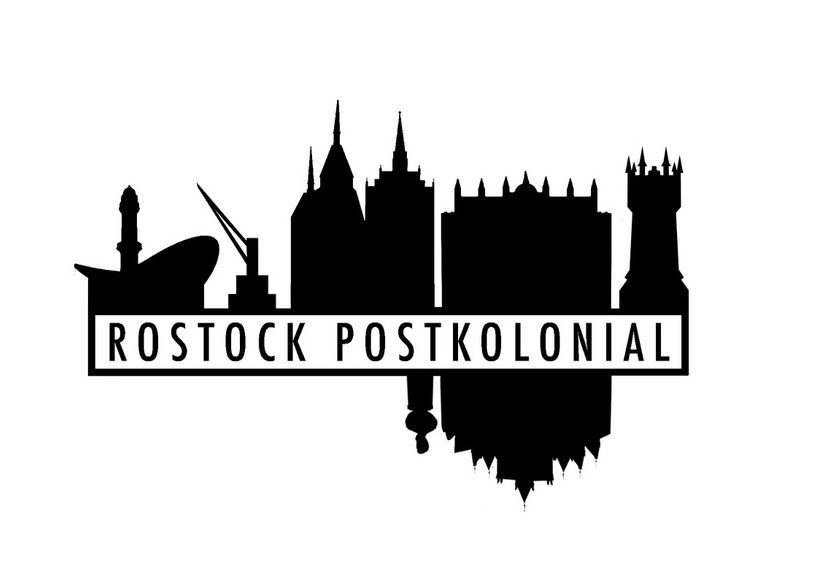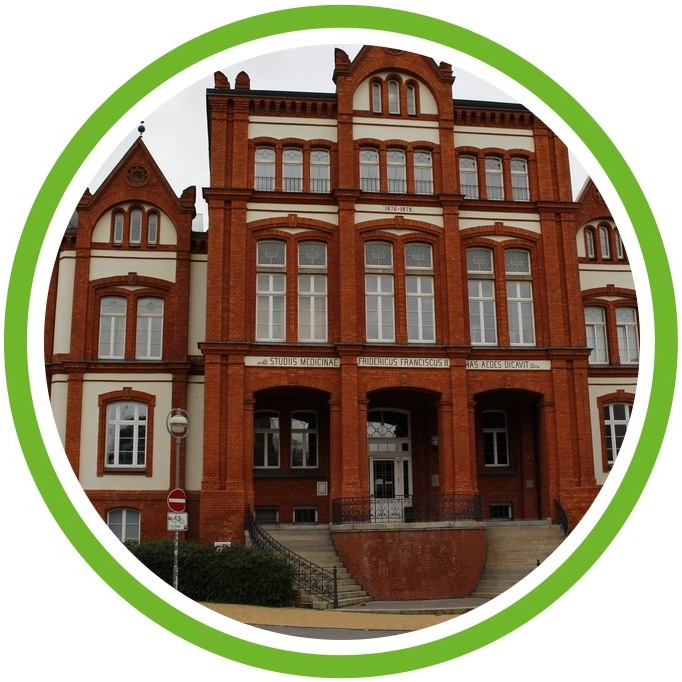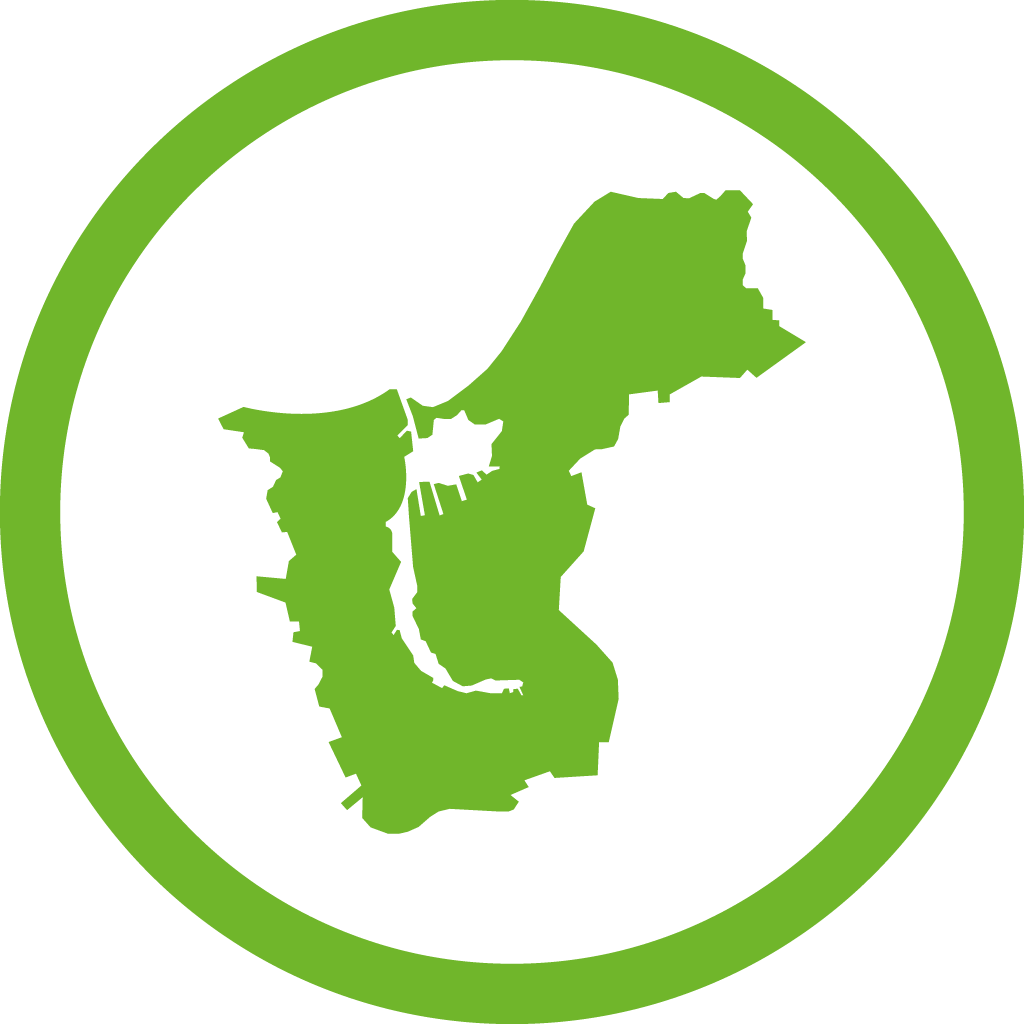Not in the mood for reading?
You can listen comfortably to all the information here and while exploring the region.
Colonialism and medicine – from tropical medicine to race theory
The medical faculty of Rostock shall be occasioning to think about the medical research during the time of the colonialism. During the colonial period, a very specific word played a bigger role in medicine – tropical medicine. In this context, we often encounter the name Robert Koch.
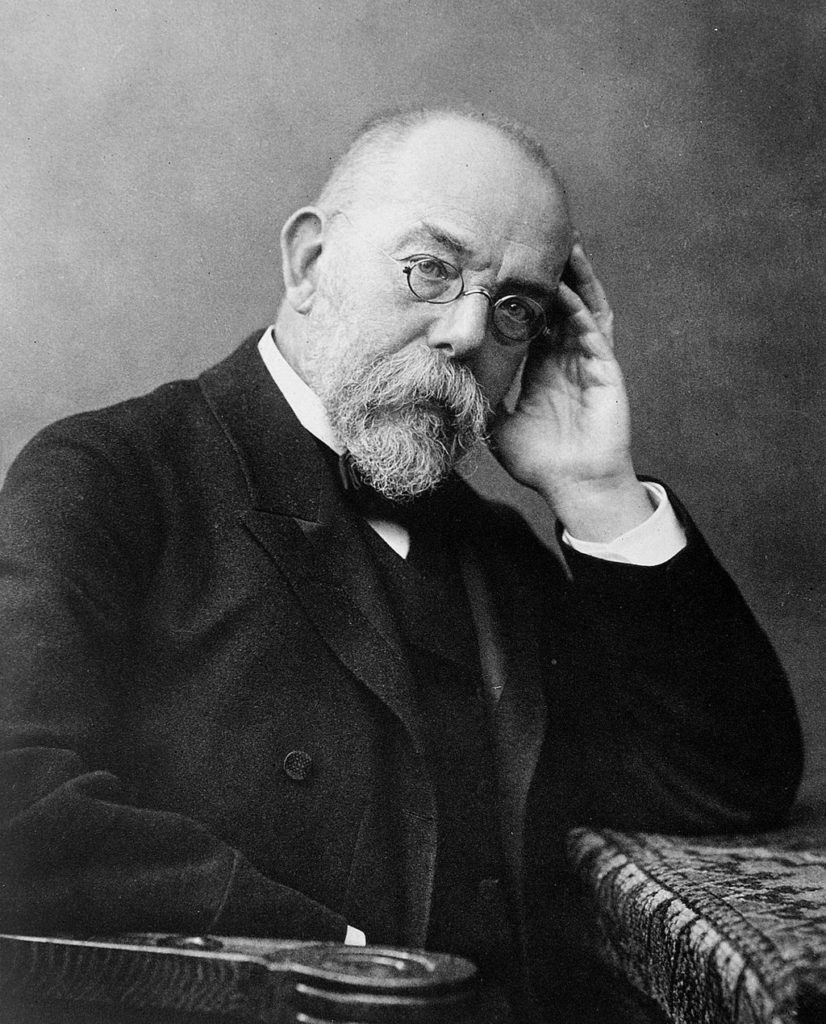
In 1906 he treated people with the so-called “sleeping sickness” on the islands around Lake Victoria. At first he used a medicament which was normally used to cure syphilis. The arsenical drugs had some side effects and people didn’t always come voluntarily to be treated by the doctors. In his book “Medizin und Kolonialimperialismus” (“medicine and colonial imperialism”) which focuses on the scientific ambition of young doctors of a bacteriological successful nation, Wolfgang Eckert describes who were using the chance of testing dangerous drugs in “sleeping sickness camps” in Togo, Cameroon and German East Africa. The mandatory measures against the population, which should be described as experiments on human beings, started during colonialism and was later used during the National Socialism. Claus Schillig, for example, infected people with malaria at the concentration camp Dachau.
Aside from the probing of sicknesses, there was research into the biological classification of races – the most persevering leftover from the colonialism period. The naturalist Carl von Linné (1707-1778), who is honored with a street name in Rostock, devided human beings into four races. Because of him and other representatives, racial theories were developed, which are still shaping contemporary actions and perceptions, even if they are disproved. Racism served as an efficient instrument for legitimizing the appropriation of recources and the exploitation of human beings and nature. This continues to have an effect on views about the global south until today.
Dealings with human remains
Doctors couldn’t avoid examining the anatomy very carefully during the research of humans. Skulls and bones were very often objects which were transferred to Germany for research purposes. Rostock has also an anatomical collection where you still can find some bones from the colonial period. But unfortunately is it impossible to make statements about the origin of the objects. It has not passed on who gave what or when to whom. The dates are rarely or not archived or were destroyed. Rostock’s institute of anatomy is currently in the process of determining how to proceed with the objects. The handling of problematic objects is coordinated by the German Anatomical Society. On request groups can visit the collection (https://anatomie.med.uni-rostock.de/anatomische-sammlung/fuehrungen/) During the “Lange Nacht der Wissenschaft” (“Long Night of Science”) it is possible for everyone to view the collection. The anatomy and our initiative are always hoping for a reverant handling of this ethically sensitive topic. You will find thoughts for the handling of colonial objects at our station “Ethnographic collection”.
+++UPDATE+++
Handling human remains
“Research objects” such as skulls or bones from the colonial era were often objects that found their way to Germany. Rostock also has an anatomical collection in which there are still some objects from the colonial era, mostly human skulls or bones. Unfortunately, it is difficult to make statements about their exact origin. Who has given what to whom and when is often not documented, or data has been poorly or not archived or even destroyed over time. The Rostock Institute of Anatomy is in the process of clarifying the future storing and handling of the objects. What came to the institute from wrongful contexts should be returned ethically responsible.
+++ UPDATE +++
A position for so-called provenance research was recently created. The handling of problematic objects is coordinated by the German Anatomical Society.
As well as the handling of human remains from today’s Namibia, which are in the anatomical collection in Rostock. In December 2019, Rostock Postkolonial organized an event in cooperation with Berlin Postkolonial with the Nama and Ovaherero activists Sima Luipert and Esther Muinjangue. The NDR reported about it:
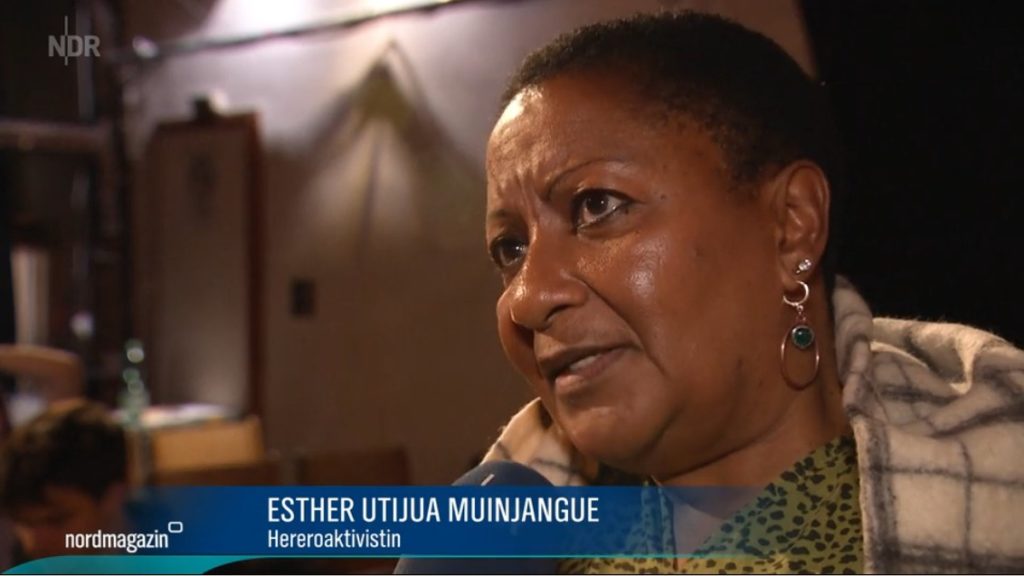
Sources and for reading
Über Tropenmedizin und Menschenversuche/ about tropical medicine and human trials:
- https://www.freitag.de/autoren/der-freitag/das-versteckte-erbe-des-kolonialismus; last accessed 3.12.2020.
- Wolfgang U. Eckert, Medizin und Kolonialimperialismus. Paderborn 1997
- Pascal Grosse, Kolonialismus, Eugenik und bürgerliche Gesellschaft in Deutschland 1850 -1918. Frankfurt 2000
- Johannes W. Grüntzig, Heinz Mehlhorn, Expeditionen ins Reich der Seuchen. München 2005
- The Lancet 363 (2004)
- about Carl von Linné:
- comment of the initiative: We want to do some research on the connection between colonial exploitation and the spread of HIV/AIDS. Interesting theories exist on how and when new types of pathogens of sicknesses enter the human body. These run parallel colonization by the Europeans and their persistent exploitation. Railway lines were built in Congo on behalf of the colonial ruler King Leopold of Belgium. These led crossing the jungle, directly to the coast, where lots of animals are situated like apes, which can be carriers of the HIV-Virus. Apart from a lot of casualties during the construction of the railway lines, is it possible that some people could have infected themselves with the virus. Because of this it is possible that the spreading of the disease was strengthened because of the insufficient disinfection of the steel needles, which were used for curing the sleeping sickness. The climax of forced labor in the colonies was from 1900 to 1910 and would be a lot earlier for a spreading of the virus than we normally thought.
- A documentation about AIDS and its possible colonial heritage exists on youtube or Arte: https://www.arte.tv/de/videos/051599-000-A/aids-erbe-der-kolonialzeit/ https://www.youtube.com/watch?v=GGhka_OWiiw; last accessed 3.12.2020.
